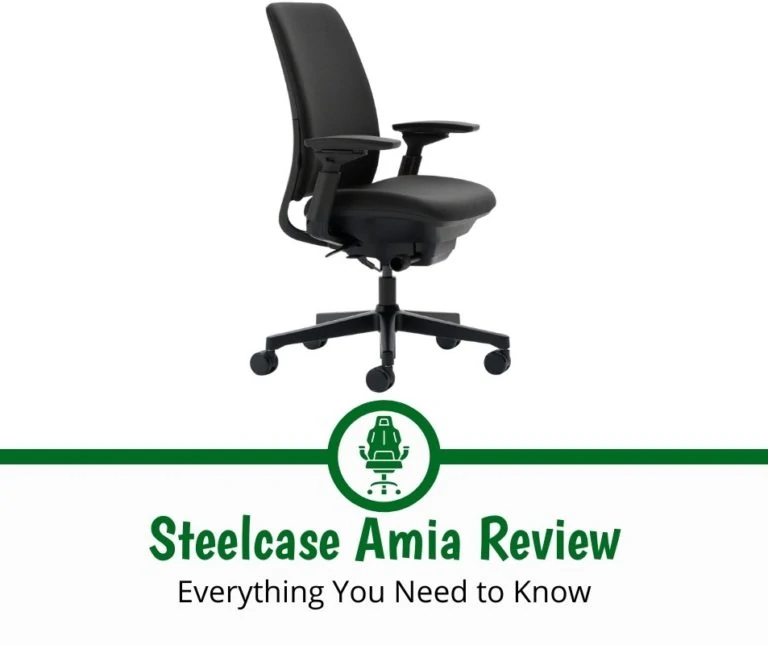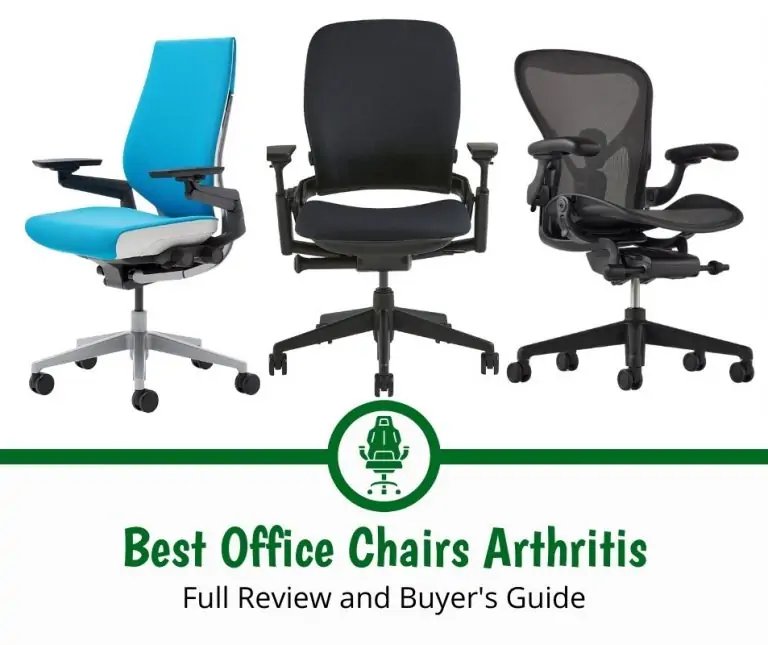Is Office Furniture an Asset or Expense?

When upgrading the office furniture in your building, you’re likely either using the company credit card for purchases or making the purchase yourself and being reimbursed by your job. Does office furniture count as an asset or expense?
Office furniture is considered an asset. Assets are items of value that a company owns and expects to use for an extended period of time. Office furniture provides long-term benefits to the company and contributes to the production of goods and services, making it an asset rather than an expense.
However, depending on the accounting method used, the cost of the office furniture may be recorded as an expense in the year it is purchased, while the asset value of the furniture is recorded on the balance sheet.
In today’s article, I’ll explain what an asset versus an expense is, discuss further why office furniture is considered an asset, and talk about how to earn your tax deduction for buying new office furniture. Be sure to check it out!
Okay, So What Is the Difference Between an Asset and an Expense, Anyway?
First thing’s first. What exactly do I mean when I talk about assets and expenses? Let’s go over some definitions now.
Assets
You probably know what an asset is in the general sense. It’s something of value that you usually want to hold onto tight.
In the realm of accounting, an asset is also valuable. It provides an economic perk for the buyer, usually in the future.
For example, an office computer is considered an asset because a company uses it to produce business reports, generate business information, send payments and invoices, and conduct business overall.
A company truck is an asset since it’s needed to make deliveries or do business-related transport.
Even cash in your company bank account is an asset. With that cash, you can purchase more assets. You can also use the money for paying employees and taking care of office-related expenses.
An item is automatically classified as an asset if its value is over $2,500. The value of the item will remain for the next year or longer after purchase but then will gradually begin to depreciate in value.
Computers always depreciate since the next model with better specs, higher resolution, a larger screen, and a bigger processor is always right around the corner.
Trucks are the same way. Every year, another make and model will come down the pike that outpaces the current ones on the road.
That said, an asset does not necessarily have to depreciate in value to make it eligible to be an asset. Its value can hold over time, but it all depends on the nature of the asset.
For example, land rarely depreciates in value as an asset, but your office probably doesn’t buy or own land, so that’s a moot point.
Expenses
Now let’s switch gears and talk about expenses.
Expenses are accrued costs that are less than $2,500. They’re typically the resources your company must consume in day-to-day business operations.
Despite that, an expense does not provide any sort of benefits in the future like an asset does. It’s usable in the here and now and then the utility of the asset is gone.
Thus, the value of the expense does not hold for even a year, usually because the expense is consumed or used in such a short time.
For example, business travel, entertainment, insurance, supplies, utilities, and rent all count as business expenses rather than assets.
Is Office Furniture an Asset or Expense?
Now that you have a clearer understanding of what makes an asset versus an expense, where does office furniture fall?
Office furniture is often classified as an asset rather than an expense. That said, it all depends on the cost of the furniture you’re buying.
Let’s say your office adds a new printer that costs only $1,500. Well, an asset is technically any item that’s $2,500 and up, so the printer would be short by $1,000.
Your office also buys a fancy copier, and that costs $3,000.
The copier is a fixed asset due to its price. The printer though should be expensed.
Could you add the two together and count them both as assets? If you bought a printer and copier combo that’s over $2,500, then yes, but if they’re separate purchases, then no.
Purchases made in bulk have to be considered as well. For example, the typical price of an office chair is only $500. Even a Herman Miller office chair is still under the $2,500 threshold for assets.
Your office might decide to buy seven office chairs at $500 each. The purchase was made at the same time and is valued at $3,500, so the chairs would count as an asset rather than an expense.
How Much of a Tax Deduction Can You Get on Newly Purchased Office Furniture?
The best part about being able to categorize office furniture as assets is that your company is now eligible for tax credits under IRS tax code Section 179.
As of 2022, you can now deduct $1,080,000 under Section 179 according to Section 179.org. In 2021, the deduction limit was $1,050,000.
Section 179 at a Glance
So what is Section 179? It’s a part of the IRS tax code for deducting the price of software and equipment purchased throughout the tax year.
You can deduct the entire purchase price of that qualifying item from your company’s overall gross income on your taxes, which is huge.
It used to be that if you spent $5,000 on office furniture, you could depreciate the value little by little, adding $1,000 as a write-off over five years. With Section 179, there’s no need for that anymore.
You might have heard of Section 179 referred to as the Hummer Deduction or SUV Tax Loophole. That’s because, for several years, companies took advantage of Section 179 to earn money back on business vehicles that qualified as assets.
However, rather than take Section 179 away entirely, the rules have been changed so that the tax incentive is nothing close to those days of being the Hummer Deduction.
Section 179 is not a tax loophole or anything uncouth, don’t worry. It’s simply an incentive spearheaded by the United States government so companies will, as the website says, “invest in themselves.”
Eligibility
So who’s eligible for Section 179 tax incentives, and does it include your business? More than likely, yes!
The Section 179 website states that “all businesses that purchase, finance, and/or lease new or used business equipment during tax year 2022 should qualify for the Section 179 Deduction (assuming they spend less than $3,780,000).”
Qualifying Equipment
The Section 179 website put together a list of equipment that qualifies for this handy tax deduction. Here is the list in full:
- “Certain improvements to existing non-residential buildings” such as roofing, HVAC systems, security systems, alarms, and fire suppression systems
- Partial business use equipment (your deduction is based less on price and more on how much time you spend using the equipment)
- Non-structural property that’s still attached to your workplace such as manufacturing equipment and tools or a printing press
- Office furniture
- Office equipment
- Computer off-the-shelf software
- Computers
- Business vehicles that have a gross vehicle weight rating of more than 6,000 pounds
- “Tangible personal property used in business”
- Equipment purchased exclusively for your business
The items on the list above could have been financed, leased, or purchased new or used and they’re still eligible for the Section 179 tax credit.
Non-Qualifying Equipment
Although the list of equipment that does not qualify for Section 179 is not overly extensive, I still want to go over it so you’re clear on what you can and cannot deduct.
- “Any property that is not considered to be personal property”
- Any property you received through inheritance or as a gift
- “Property purchased from related properties”
- Property that furnishes lodgings
- Property you use in an office outside of the US
- Real property, which is, according to the Section 179 website, “typically defined as land, buildings, permanent structures and the components of the permanent structures…Other examples of property that would not qualify for the Section 179 Deduction include paved parking areas and fences.”
Can You Get a Tax Deduction for Office Furniture You Bought Several Years Ago?
Wow, you sure wish you had heard about Section 179 years ago, as that was the last time you furnished your office. The furniture is still holding up pretty well, and you don’t think you’ll need to replace it for a couple of more years still.
Can you use past expenses that qualify as assets and receive a tax deduction through Section 179?
Unfortunately, no, you can’t. Only purchases of equipment made within the most recent tax year are eligible, which means between January 1st and December 31st.
However, if you decide to buy some office furniture with a value of over $2,500 within the next tax year, then you can write it off via Section 179.
Conclusion
Office furniture such as desks, tables, chairs, and even artwork is considered a business asset if the value of these items exceeds $2,500.
Any office item such as pens, paper, printers, paper clips, and the like that are valued at less than $2,500 are expenses instead.
Your company will have both assets and expenses; this is inevitable. Don’t forget to apply for a tax deduction on your company assets via IRS form Section 179.
If your office furniture qualifies, then you can receive an incentive at 100 percent of the price you paid on the assets up to $1 million+.






